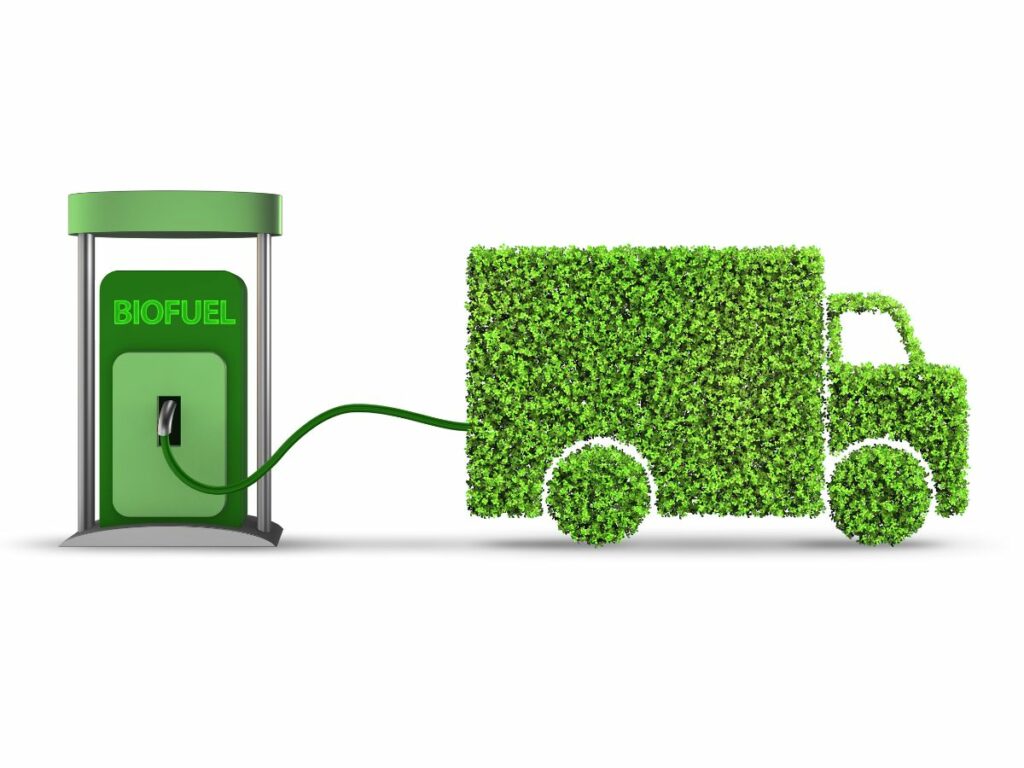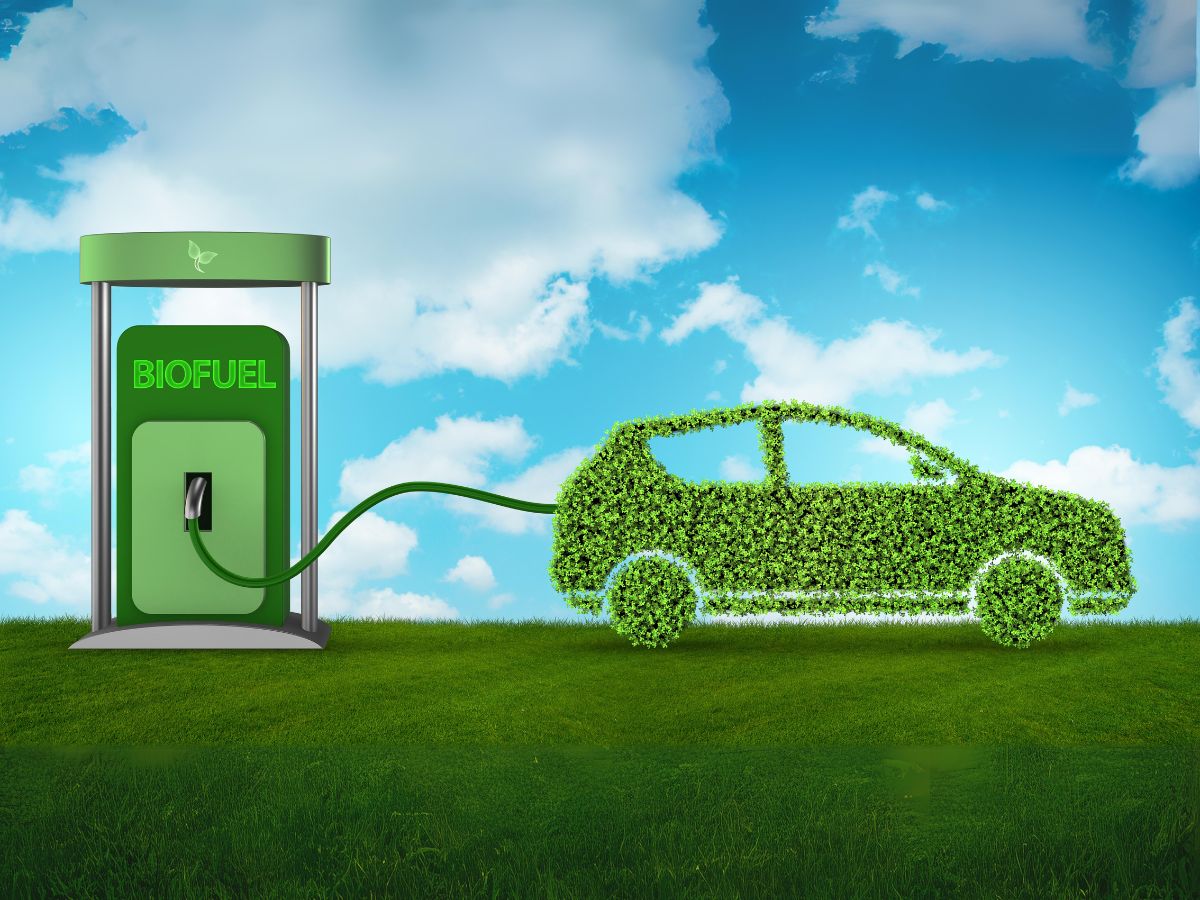Page Contents
Biopower is a critical component of the bioeconomy, generating electricity from organic materials like biomass, biogas, and waste. Financing these projects requires a mix of financing sources, including project finance, green bonds, and government incentives.
Each type of bioeconomy project has unique financing needs. For example, biomass power plants often rely on project finance, while algae farms may attract venture capital due to their innovative nature.
Securing finance for large-scale bioenergy projects involves developing a strong business plan, leveraging government incentives, and exploring emerging trends like carbon credit financing and ESG investing.
The bioeconomy is rapidly expanding, driven by the global shift toward renewable energy and sustainable practices. At the heart of this transformation is biopower—a key component of bioenergy that generates electricity from organic materials like biomass, biogas, and waste.
For project owners and sponsors looking to develop large-scale bioeconomy projects (e.g., biomass power plants, biofuel refineries, algae farms, and waste-to-energy plants), securing financing is often the biggest hurdle. This guide explores how to finance biopower and bioeconomy projects, offering actionable insights for projects starting at $250 million.
What is Biopower and Its Role in the Bioeconomy?
Biopower refers to the generation of electricity from organic materials, such as agricultural residues, wood waste, or biogas.1 It’s a subset of bioenergy, which also includes biofuels and bioproducts.3
Biopower plays a critical role in the bioeconomy—a sustainable economic system that uses renewable biological resources to produce energy, materials, and products.
Large-scale biopower projects, such as biomass power plants and waste-to-energy facilities, are essential for reducing reliance on fossil fuels and achieving climate goals.2 However, these projects require significant upfront capital, making financing a critical step in their development.

Key Financing Options for Biopower and Bioenergy Projects
Financing large-scale bioeconomy projects typically involves a mix of renewable energy financing sources. Here are the most common options:
Project Finance
- A non-recourse financing method where loans are secured by the project’s cash flows and assets.
- Ideal for large-scale projects like biomass power plants and biofuel refineries.
- Lenders assess the project’s feasibility, revenue streams (e.g., energy sales, carbon credits), and risk profile.
Green Bonds
- Debt instruments specifically for environmentally friendly projects.
- Popular for funding waste-to-energy plants and biogas facilities.4
- Attracts institutional investors focused on ESG (Environmental, Social, and Governance) criteria.
Government Grants and Incentives
- Many governments offer grants, tax credits, or subsidies for renewable energy projects.
- Examples include the U.S. Renewable Energy Tax Credit and EU funding programs for bioenergy and biopower.
Carbon Credit Financing
- Projects that reduce greenhouse gas emissions can generate carbon credits, which can be sold to offset costs.5
- Particularly relevant for biogas plants and algae farms, which capture methane or CO2.
Private Equity and Venture Capital
- Investors provide capital in exchange for equity or a share of future profits.
- Common for innovative projects like algae-based biofuels or advanced waste-to-energy technologies.
Financing Specific Bioeconomy Projects
Each type of bioeconomy project has unique financing needs and challenges. Here’s a breakdown:
Biomass Power Plants
- Financing Needs: High upfront costs for equipment and feedstock supply chains.
- Finance Sources: Project finance, green bonds, and government incentives.
- Case Study: A 50 MW biomass plant in Europe secured $200 million through a mix of project finance and carbon credit sales.
Biofuel Refineries
- Financing Needs: Capital-intensive due to complex processing technologies.
- Financing Sources: Private equity, venture capital, and government grants.
- Case Study: A biofuel refinery in Brazil raised $150 million from a consortium of green investors.
Algae Farms
- Financing Needs: High R&D costs and long payback periods.
- Financing Sources: Venture capital, government R&D grants, and carbon credits.
- Case Study: An algae farm in the U.S. secured $50 million in venture funding to produce biofuels and bioplastics.
Waste-to-Energy Plants
- Financing Needs: Significant investment in waste processing and energy conversion technologies.
- Finance Sources: Project finance, green bonds, and municipal partnerships.
- Case Study: A waste-to-energy plant in Asia funded its $300 million project through green bonds and government subsidies.6
Biogas Plants
- Financing Needs: Moderate upfront costs, with revenue from biogas sales and carbon credits.
- Funding Sources: Project finance, carbon credit financing, and government incentives.
- Case Study: A biogas plant in Germany secured $80 million through a combination of project finance and carbon credit sales.7
Steps to Secure Financing for Your Biopower Project
- Develop a Strong Business Plan
- Clearly outline the project’s scope, revenue streams, and risk mitigation strategies.
- Highlight environmental and social benefits to attract ESG-focused investors.
- Identify Suitable Financing Mechanisms
- Choose the right mix of financing sources based on the project’s size, location, and technology.
- Leverage Government Incentives
- Research grants, tax credits, and subsidies available for renewable energy projects.
- Partner with Experienced Investors or Lenders
- Collaborate with financial institutions or investors familiar with bioeconomy projects.
- Explore Carbon Credit Opportunities
- Monetize emission reductions by participating in carbon markets.

Future Trends in Biopower and Bioenergy Financing
The future of biopower financing is bright, with several emerging trends:
- ESG Investing: Growing interest from investors in sustainable and socially responsible projects.
- Green Hydrogen: Integration of biopower with green hydrogen production for additional revenue streams.
- Circular Bioeconomy: Increased focus on recycling and reusing biological resources to maximize value.
- Digitalization: Use of blockchain and AI to streamline carbon credit trading and project monitoring.
Conclusion
Financing biopower and bioeconomy projects is a complex but rewarding endeavor. By understanding the available finance options and tailoring your approach to the specific needs of your project, you can secure the capital needed to bring your vision to life. Whether you’re developing a biomass power plant, a biofuel refinery, or an algae farm, the right financing strategy can make all the difference.
For project owners and sponsors, the bioeconomy represents not just an opportunity to contribute to a sustainable future but also a chance to tap into a growing market with immense potential. Start exploring your financing options today and take the first step toward building a greener tomorrow.
REFERENCES:
- International Energy Agency, Bioenergy, retrieved from https://www.iea.org/energy-system/renewables/bioenergy
- U.S. Department of Energy, Biomass Power Plants, retrieved from https://www.energy.gov/eere/bioenergy/biomass-power-plants
- European Commission, Bioeconomy Strategy, retrieved from https://ec.europa.eu/research/bioeconomy/index.cfm
- World Bank, Green Bonds for Renewable Energy, retrieved from https://www.worldbank.org/en/topic/climatechange/brief/green-bonds-climate-finance
- Carbon Credit Capital, Carbon Credit Financing, retrieved from https://carboncreditcapital.com
- U.S. Environmental Protection Agency, Waste-to-Energy, retrieved from https://www.epa.gov/smm/energy-recovery-combustion-municipal-solid-waste
- International Renewable Energy Agency (IRENA), Biogas for Sustainable Energy, retrieved from https://www.irena.org/biogas

